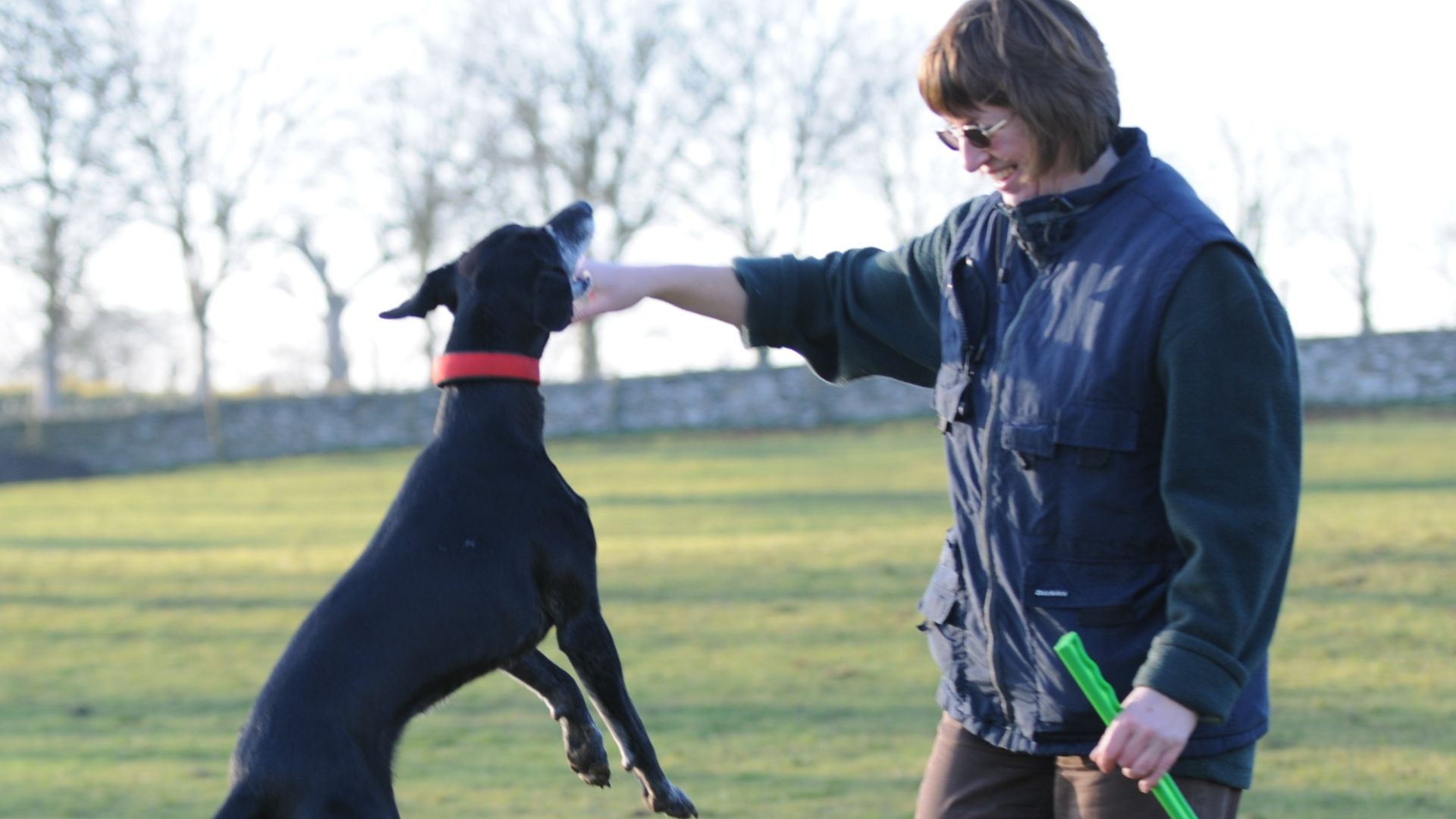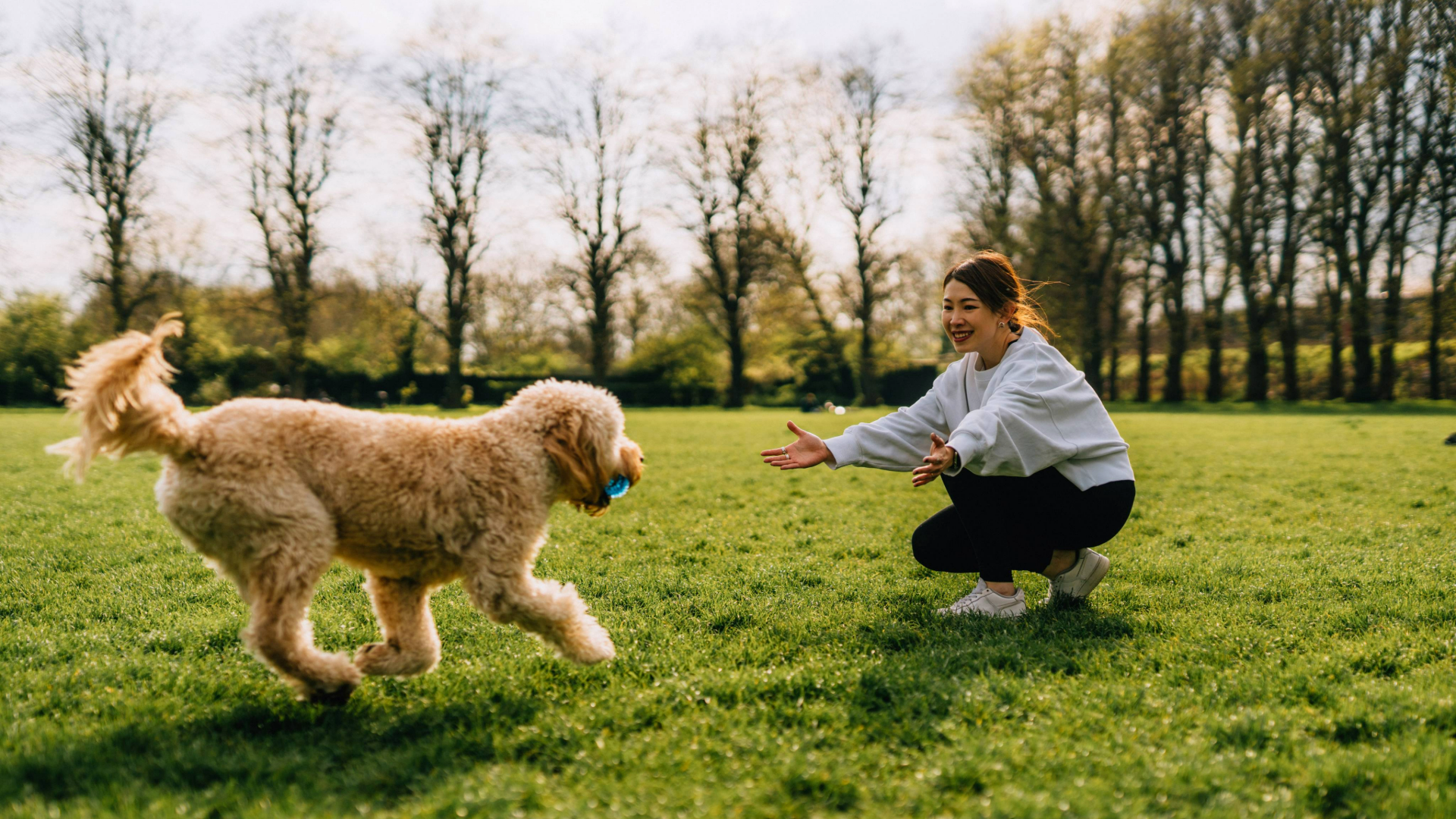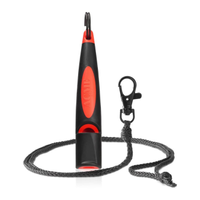I’m a dog behaviorist and these are my top tips for ‘bulletproof’ reliable recall
These are my favorite recall tips you can use to ensure your dog comes back every time you call

One of the most delightful aspects of sharing life with a dog is seeing them galloping around the fields, sniffing and having fun. However, for many dog owners, letting their unruly woofers off the leash is a stressful experience.
If your four-legged pal has selective deafness, disappears into the woods, chases animals and comes back when they feel like it, letting them off leash isn’t much fun.
A reliable recall affects how well your dog responds to everyday training. Naturally, the opposite applies. As a qualified dog behaviorist, I often find that a dog with poor recall also pulls on the leash, has impulsive behavior and doesn’t respond to basic owner commands.
Training recall in dogs is easy to achieve if you start training a new puppy when they come into the home. Still, in all the excitement of puppy cuteness, it’s easy to delay recall training. Then, the waddling pup that follows you around becomes the nightmare adult dog that runs you ragged out on walks. Training rescue dogs takes patience and time, but the same recall rules apply.
Don’t worry, it’s possible to teach a recall to even the most challenging dog. That might include walking your dog with the best dog treats in your pocket and knowing how to approach training a recall you can rely on.
My top recall tips
I often tell my clients that we cannot possibly be as exciting to our dogs as chasing a hare or deer, sniffing, rolling in animal poop or playing with another dog. Therefore, we must find creative ways to use dog psychology to help build a solid recall.
The following tips should help bulletproof your pup’s recall:
1. Teach your pup that his name means to focus on you
One of the best ways to start this training is to speak your dog's name before you feed him. Call their name happily before you put the food dish on the floor.
2. Add a command
Once your dog consistently responds to his name, add a command, such as “Lily, come” or whatever word you prefer.

3. Add a visual cue
I raise my hands above my head, spread them apart and wave sideways. I gamify it so I might do a loud “whoop whoop”, and when the dog returns, crouch down in a play response. I teach my dogs a visual cue for several reasons:
- If they are far from you, your dog can see the visual cue even if they cannot hear you
- Many senior dogs go deaf, so a visual cue future-proofs a recall
- If you’re feeling emotional about your dog’s refusal to come back, a visual cue removes that emotion
4. Whistle train your dog
I use a gun dog training whistle for this purpose. Once your dog responds to his name, start whistle training. Blow the whistle before instantly feeding. Then, blow the whistle to call your dog into the house to get his food or a treat. Use every opportunity to practice.
The objective is to create a habitual response to the whistle so your dog associates the sound with a reward.
ACME Dog Whistle No. 211.5 | Amazon
If you're thinking about starting whistle training, but don't know where to start, we recommend the ACME Dog Whistle No. 211.50. It can be used at a long range, and features an ergonomic handle and strap for comfort.
5. Practice on a long line
It’s best to avoid allowing your dog to ignore your recall. Use a long line or extension leash (like this one on Amazon) and a secure dog harness. Using a collar could hurt your dog’s neck if he runs to the end of the line.
Found this helpful? Read next: how I rebuilt my dog's recall skills with the help of a trainer and what high prey drive in dogs means

Jan is a dog behaviorist and writer living in the Cotswolds, UK. She has shared her life with dogs for over fifty years and is fascinated by behavior. She enjoys helping people better understand their dogs to develop a deep bond and enjoy time together. Jan particularly enjoys working with impulsive and reactive dogs as her legacy from helping Poppy, her rescue Weimaraner cross overcome fear reactivity.
Edited by Megan Milstead.
Recent updates
This page was last updated in March 2025 by Jan Barley.
PetsRadar Newsletter
Get the best advice, tips and top tech for your beloved Pets

Jan is a dog behaviorist and writer living in the Cotswolds, UK. She has shared her life with dogs for over fifty years and is fascinated by behavior. She enjoys helping people better understand their dogs to develop a deep bond and enjoy time together. Jan particularly enjoys working with impulsive and reactive dogs as her legacy from helping Poppy, her rescue Weimaraner cross overcome fear reactivity.

